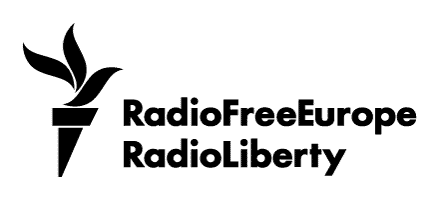Did you know that the same technology used to power a city can also be used to build a nuclear bomb?
Uranium enrichment is a process that increases the amount of uranium-235 in natural uranium, making it usable as fuel for nuclear reactors or, at much higher levels, for nuclear weapons. Natural uranium contains only about 0.7 percent uranium-235, which isn’t enough for most applications. Enrichment boosts this percentage, allowing uranium to serve different purposes.
The level of enrichment is crucial. Low-enriched uranium (3–5 percent uranium-235) powers most nuclear reactors, while research reactors may use uranium enriched up to 20 percent. To make a nuclear weapon, uranium must be enriched to at least 90 percent -- known as weapons-grade uranium.
The closer a country gets to this level, the greater the international concern.
Iran’s nuclear program remains in the spotlight because of its uranium enrichment activities. While Iran insists its program is for peaceful energy and medical research, the same technology can be used to make nuclear weapons if enrichment continues to higher levels.
In recent years, Iran has produced uranium enriched up to 60 percent, a significant technical step closer to weapons-grade material. This has raised concerns about how quickly Iran could produce weapons-grade uranium if it chose to do so.
Iran is currently the only country without nuclear weapons that is enriching uranium to 60 percent purity. It increased enrichment from 20 percent to 60 percent in April 2021, following a sabotage attack on its Natanz nuclear facility, which Iran blamed on Israel.
Earlier this month, the International Atomic Energy Agency (IAEA) Board of Governors passed a resolution declaring that Iran is not complying with its nuclear obligations. The Board cited Iran’s failure to cooperate fully regarding undeclared nuclear materials and activities. Iran criticized the resolution and announced plans to launch a new enrichment site and expand its enrichment capabilities.












